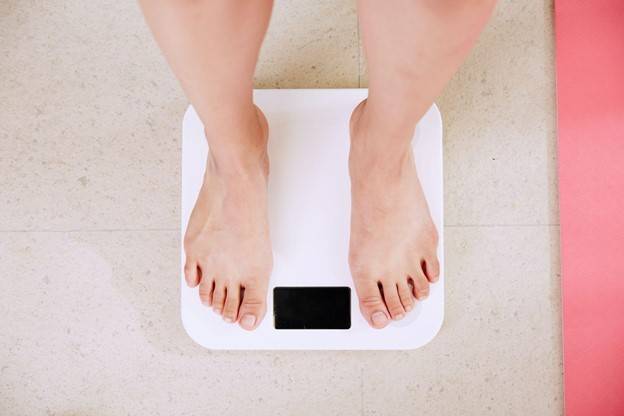Weight loss is a journey that requires dedication, goal setting, and plenty of support. In addition to exercising regularly and eating a balanced diet, you need to pay attention to your mental and emotional health.
Depression, stress, and anxiety can seriously affect your weight loss journey. Often people with chronic pain are beset by feelings of hopelessness or apathy. You may even start to believe that you will never see an end to the pain. However, the best way to take care of yourself is by planning and setting reasonable goals.
Your plan could be as simple as losing a pound or two a month or as complicated as a complete diet and exercise overhaul. Whatever you decide, make sure that your goals are reasonable. If you’ve been eating fast food three times a week for your whole life, try setting a goal to cut that down to once a week, then once a month, then once every three months, etc.









